In response to the recent killings of Ahmaud Arbery, Breonna Taylor, George Floyd, Tony McDade, and many other black lives, many members of the Loyola community have taken to social media to express their support for the Black Lives Matter movement and their condemnation of systemic racism.
In addition to sharing petitions to sign, causes to donate to, and other ways to help the movement, many students and alumni have used their media platforms to ask for more antiracist action from the University. Many of these comments came after an address made on June 1 by President Rev. Brian F. Linnane.
“We must identify and address the ways in which we are complicit in the structures that enable and empower racism,” Linnane said. “Whatever our individual choices and acts, we are also involved in structures that are inherently oppressive. We need to consider not just one-to-one action—which is important—but also how we can organize the power of our community to change structures that have racism and oppression at their centers.”
Linnane encouraged the community to consider its Jesuit anchoring and “obligation” to participate in allyship and solidarity with the oppressed. The full statement can be found here.
The statement was later posted to Loyola’s official Instagram where many commented with skepticism. Alumni like Alex Rasch ‘19 asked the University for a stronger commitment to addressing race outside of the Center for Community Service and Justice (CCSJ) and African, Latinx, Asian, and Native American (ALANA) Services.
“You could start by educating your predominantly white population. CCSJ is nice, as is the York Road initiative. Its not enough. ALANA events are not cultural immersion for classes. There have been racially fueled events on campus and an obscene amount of stigma that Loyola propagates about the York Road community. The ‘Loyola Bubble’ is a white bubble and willingly instigates prejudice and misunderstanding within the Baltimore community. Do better,” Rasch said.
The reliance on ALANA Services that Rasch identified is a shared sentiment. Kayte Rooney ‘22 is currently the president of Loyola’s Asian Cultural Alliance, a student organization that is supported by ALANA. In a statement made offline, she proposed that the University is more reliant on these services than is acceptable.
“It is not the responsibility of ALANA students to educate their peers on why people shouldn’t be racist and how the system has been engineered to oppress people of color,” Rooney said. “ALANA students are still students and as such need to feel they can look to their university for support, not the other way around. It is the university’s responsibility to all of its students to be a resource for fighting racism, bias, and prejudice.”
Students also questioned whether or not the University has concrete plans to address racist actions in the future. James Paradiso ‘22 called attention to the uptick in bias reports this past academic year and asked the University to do the same.
Others pressed the University to further consider what it means to be Jesuit and to stand by their values in all spaces on campus. Eciaus Booth ‘23 called attention to alleged bias in Boulder Garden Cafe, for example, in the Instagram comments section.
“I have heard students talk about those working in Boulder based on the color of their skin and what their economic status may be living in Baltimore. this is happening in our own JESUIT community, do more in and outside of classrooms to inform the majority you expect to uphold these Jesuit values,” Booth said.
Like Booth, other students voiced concerns with the University’s follow-through on some of their core values, such as diversity and justice. Camryn Williams ‘22 is an ALANA mentor, a BSA Fashion Show scene leader, and was the president of the African Student Association for the 2019-2020 term. She wrote her response to Loyola’s efforts via Instagram’s story feature, and her words were reposted numerous times by others in the community. She proposed that the University confines her and other students of color to limited spaces on campus, such as the Center for Intercultural Engagement (CIE), located in the student center.
“Stop saying you care about minority students but force so many of my friends to transfer or drop out of school because y’all could care less about us after you get your diversity count,” Williams said. “No you haven’t tried to do anything. It was STUDENTS OF COLOR who created the CIE. THE CIE IS A ROOM ON CAMPUS! Not a building not even a whole floor. IT IS A ROOM THAT YALL TRY TO CONFINE US TO.”
Offline, Williams also questioned the relationship between resources provided at Loyola and the University’s cost.
“The mentality that change can’t happen overnight is what they are stuck on because this mentality allows people to believe that they should be awarded for doing the bare minimum. This school costs $65,000 to go to. I don’t believe when they say they don’t have the resources or spaces to act,” Williams said.
While the Instagram post was uploaded on June 1, community members continued to voice grievances days after it initially appeared on the media feed. On June 3, Amber Davis ‘22, president of the Black Student Association, commented on the post, writing:
“The only major conversations that are had on campus [about race] are those orchestrated by ALANA students. Even then, the only people that show up are students of color, staff of color and a few white students. The fact that the school is trying to take credit for stuff like this is tragic,” Davis said. “Loyola repeatedly ignores our cries for help and justice to be served. The only reason this post is here is to save face since y’all clearly do not care about us as much as you claim to.”
Offline, when asked what actions Loyola should take now and during the coming semester, Davis provided her own call to action. It included a request for more funding within ALANA, asked that the University support and promote events orchestrated by students of color on campus, and suggested a solidified learning program for students about race.
“Just like they have Think About It to stop drinking and sexual harassment, they can have another program for racism and microaggressions,” Davis said.
Alumna Cierra Thurmond ‘20, 2020 BSA Fashion Show co-director, shared a call for change that was similar to Davis’s, citing racial bias training as necessary for all incoming students. In addition to more antiracist programming, Thurmond called for reforms within the core-required diversity courses.
On a systemic level, Thurmond also called for the University to grapple with “its own system of racial inequality and oppression.” Like Paradiso, she cited the example of spikes in bias reporting. Thurmond proposed that instead of limiting the conversation to the spikes themselves, the University should include the repercussions of racism in their discussions.
“Loyola is a lot of talk, it’s time for some action,” Thurmond said.
The Greyhound reached out to the University for comments in regards to whether or not Loyola will execute antiracist actions in the future that are informed by the community, how the University plans to respond to the personal stories shared on the Instagram post, and if Loyola plans to support Black Lives Matter initiatives monetarily. On June 4, The Greyhound received the following from the University.
According to Dr. Cheryl Moore-Thomas, chief equity and inclusion officer, “an integrative model of leadership” has been put in place to extend diversity, equity, and inclusion work to every office on campus.
She stated:
“The President’s Council includes faculty, staff, and administrators across the institution who have deep commitments to equity and inclusion. The President’s Council is leading the development of the diversity, equity, and inclusion strategic plan, which will have measurable outcomes in the areas of education and professional development, in the areas of inclusion and access, and in the further definition, particularly in the context of diversity, equity, and inclusion, on what it means to be an Ignatian citizen. These measures are being developed as we speak and will be rolled out in the fall for a three-year plan that rolls across the institution.”
Moore-Thomas also highlighted the equity audits that are a part of this integrative model. The audits are designed to “get us to pause as a community” and discern what policies and procedures are keeping Loyola from becoming a more equitable place. Students, she noted, are essential to this plan.
“In the moment we are at nationally and the moment we are at here at Loyola we have to get ready for transformational change,” Moore-Thomas said. “We have to lean into our mission and be who we are called to be. We also need to provide space for each of us to make mistakes, grow, heal, and then move to greater acceptance and collaboration that will allow us to recognize and knock down these barriers that are invisible.”
Moore-Thomas addressed the personal stories on Loyola’s post by providing an outlet for these comments via the integrative plan.
She wrote, “We have a call through our mission and the faith tradition of our institution to hear the voices of the unrepresented and to create space at the table for those voices. The integrative model for our office of equity and inclusion provides an avenue for those voices, our relational approach to the work creates open doors for those voices, our student-centered high-touch approach to instruction and engagement allow for avenues of articulation of those voices and moving forward.”
Moore-Thomas invited students to contact her at ceio@loyola.edu to share their stories.
In response to whether or not the University plans to make any donations, Dr. Robert Kelly, vice president and special assistant to the president, said:
“Given the state of our nation and the world, Loyola wants to show our support for equity, justice, humanity, and peace. We are aware of the need to fight racism, end discriminatory practices, and to dismantle the vestiges of inclusion and exclusion in our nation. To that end, we’ve established support to aid the direct experience of our Black students on campus and support Black Lives Matter initiatives in Baltimore.”
Other resources from the University include an earlier prayer session, the information for Loyola’s ALANA Services, and an upcoming Alumni Reading Group session about Ibram X. Kendi’s memoir, How to Be an Antiracist, scheduled for June 30. Molly Robey, assistant director of communications, also cited this message from Dr. Cheryl Moore-Thomas.
For more updates at Loyola, keep up-to-date with The Greyhound.
Featured Image Courtesy of Luke Walter via Flickr Creative Commons







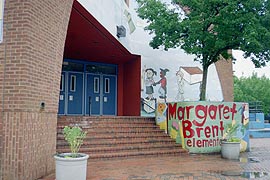


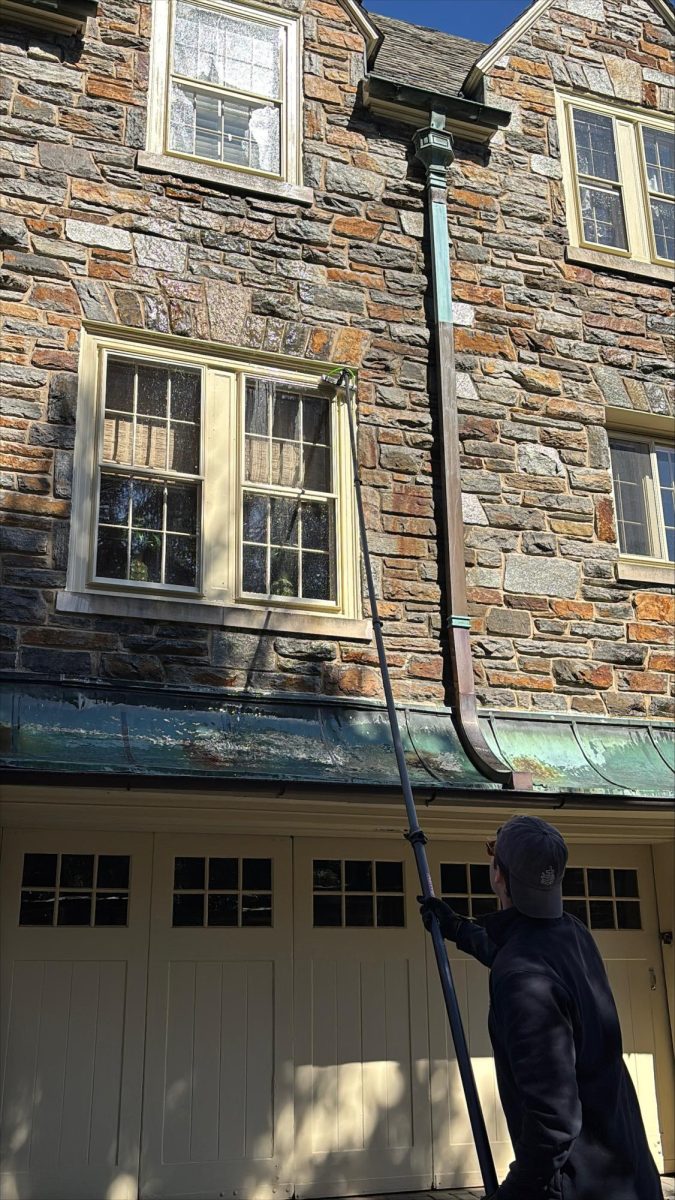


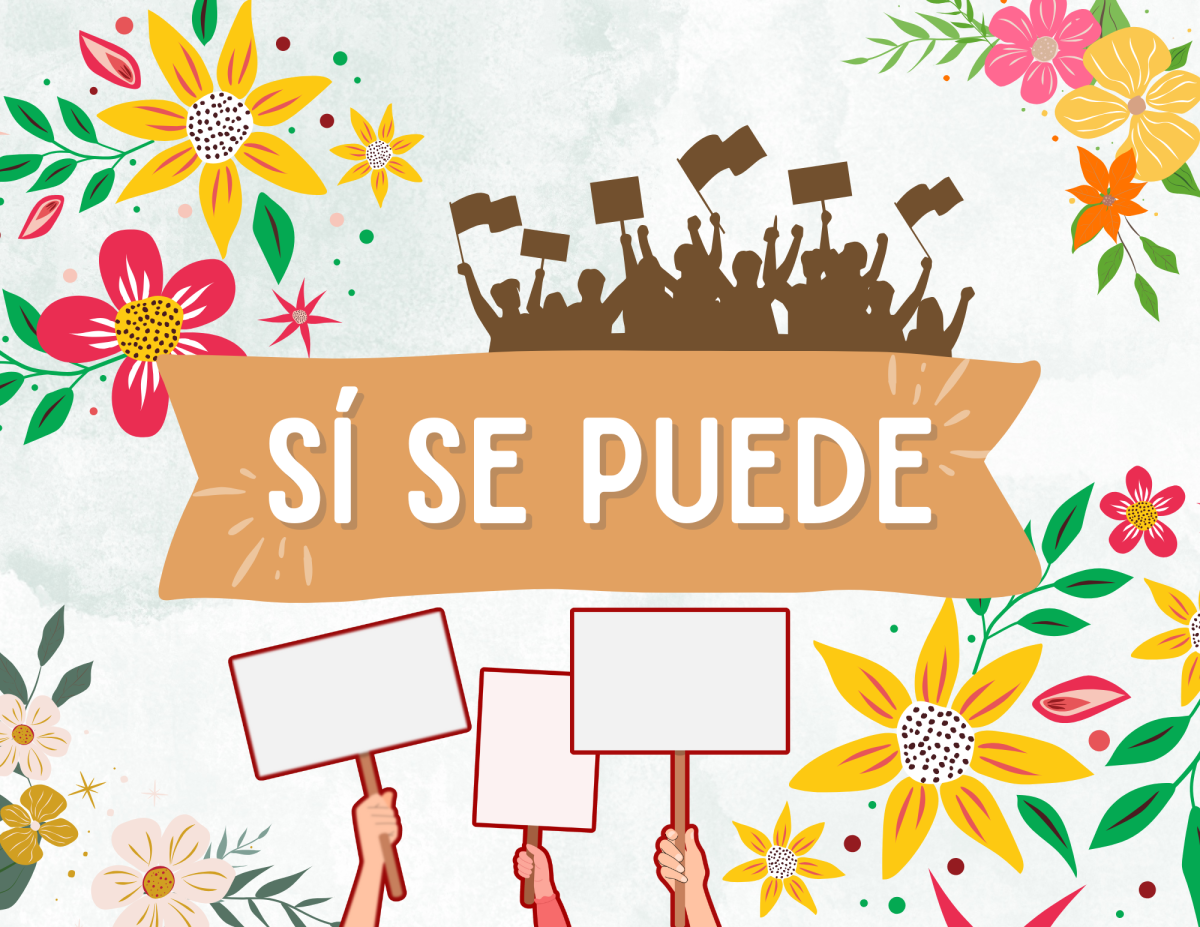


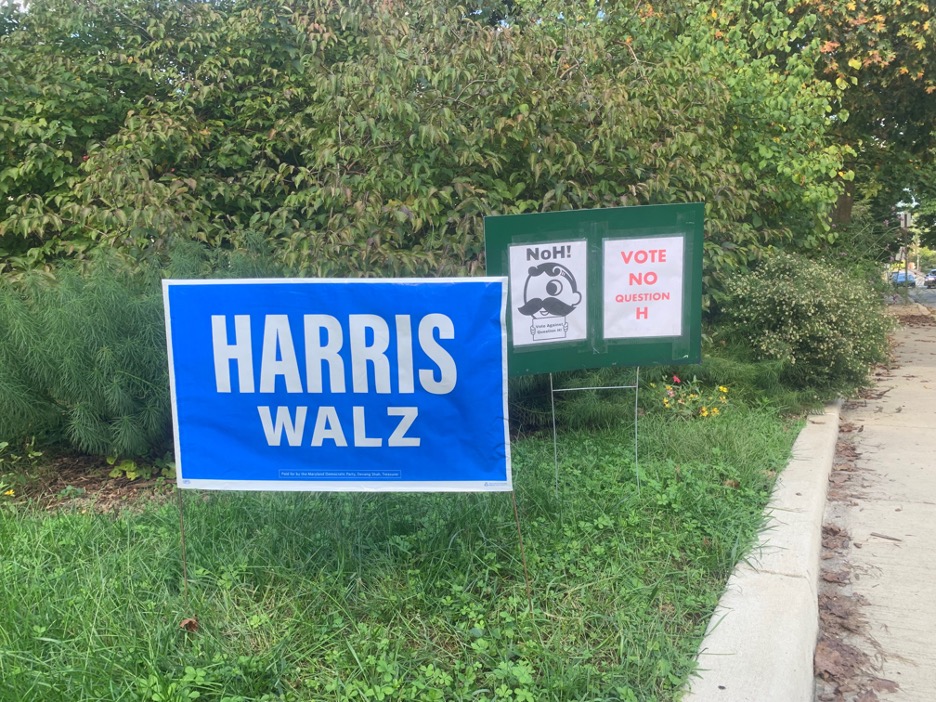

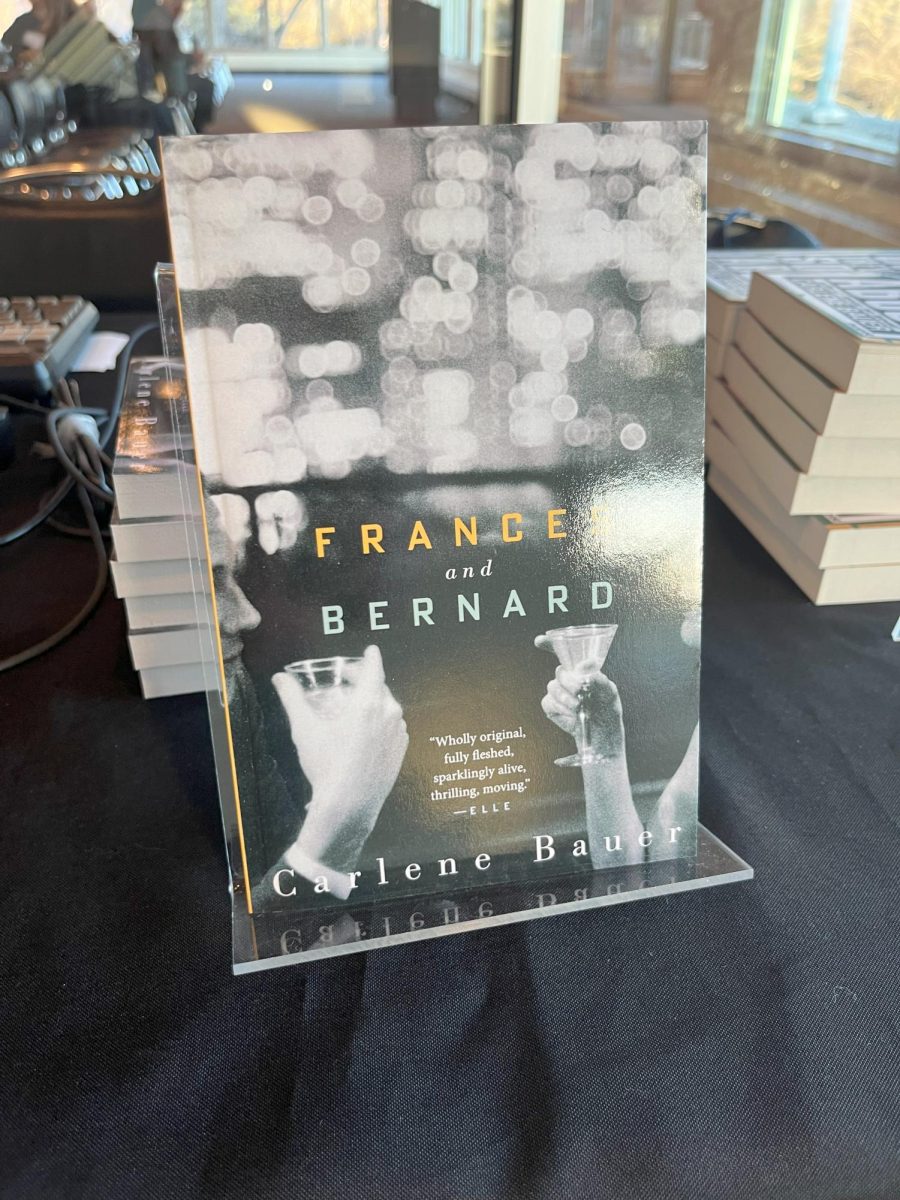




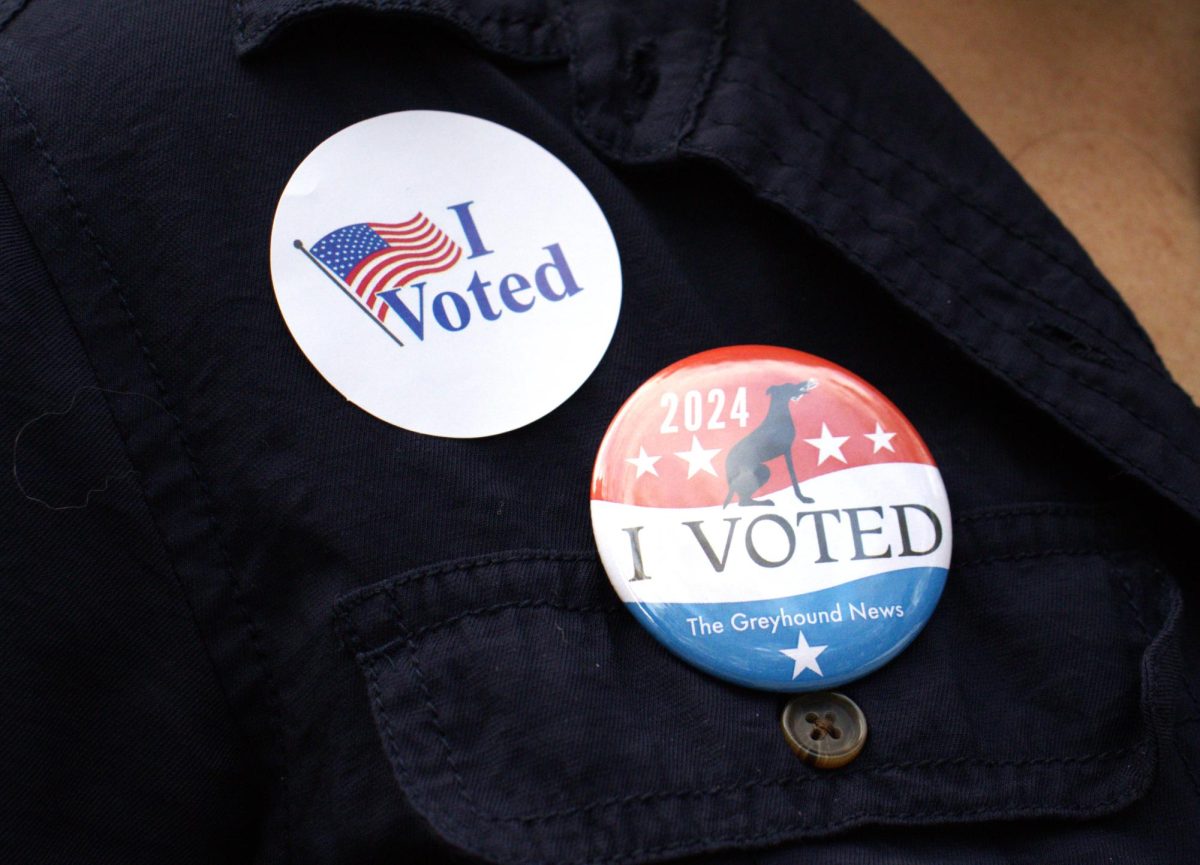


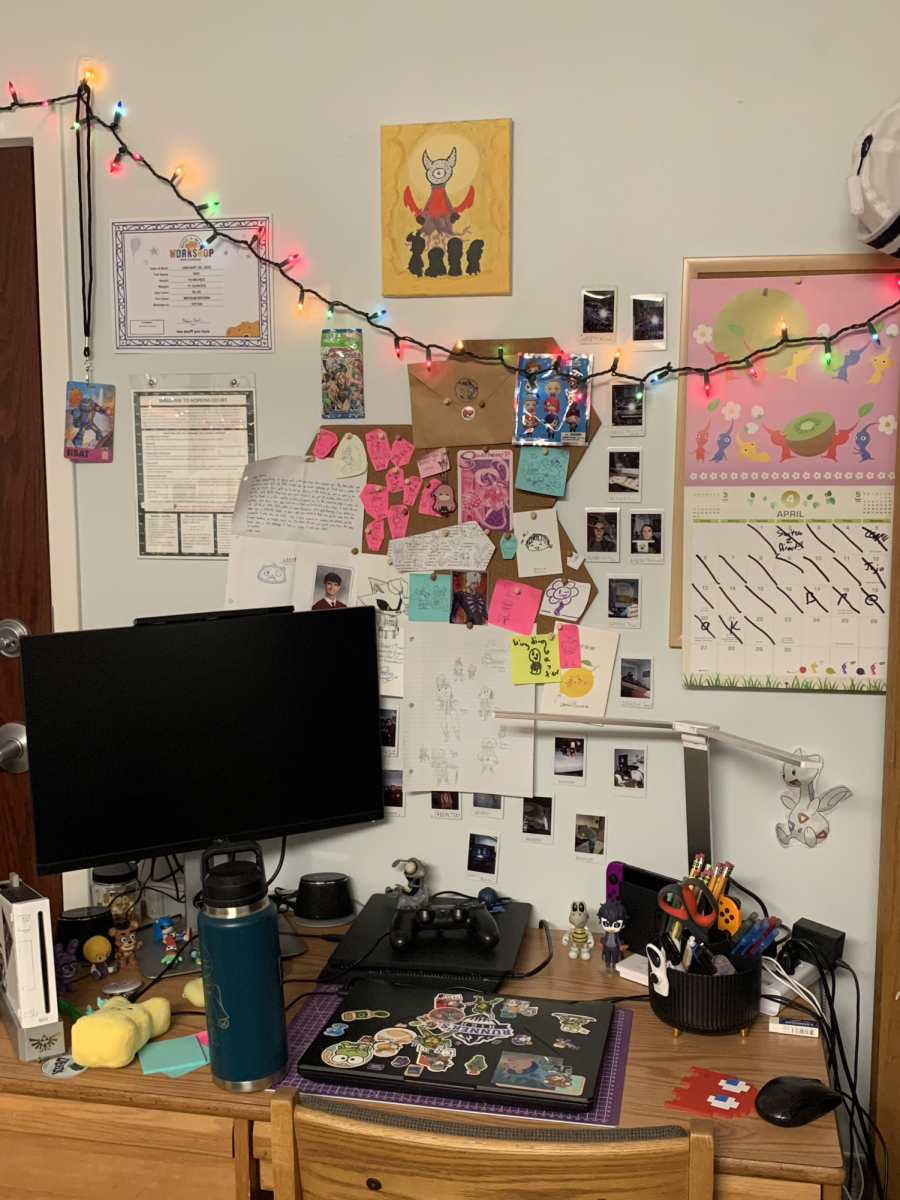

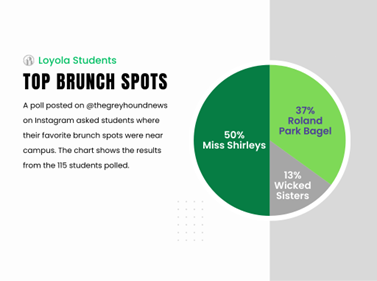
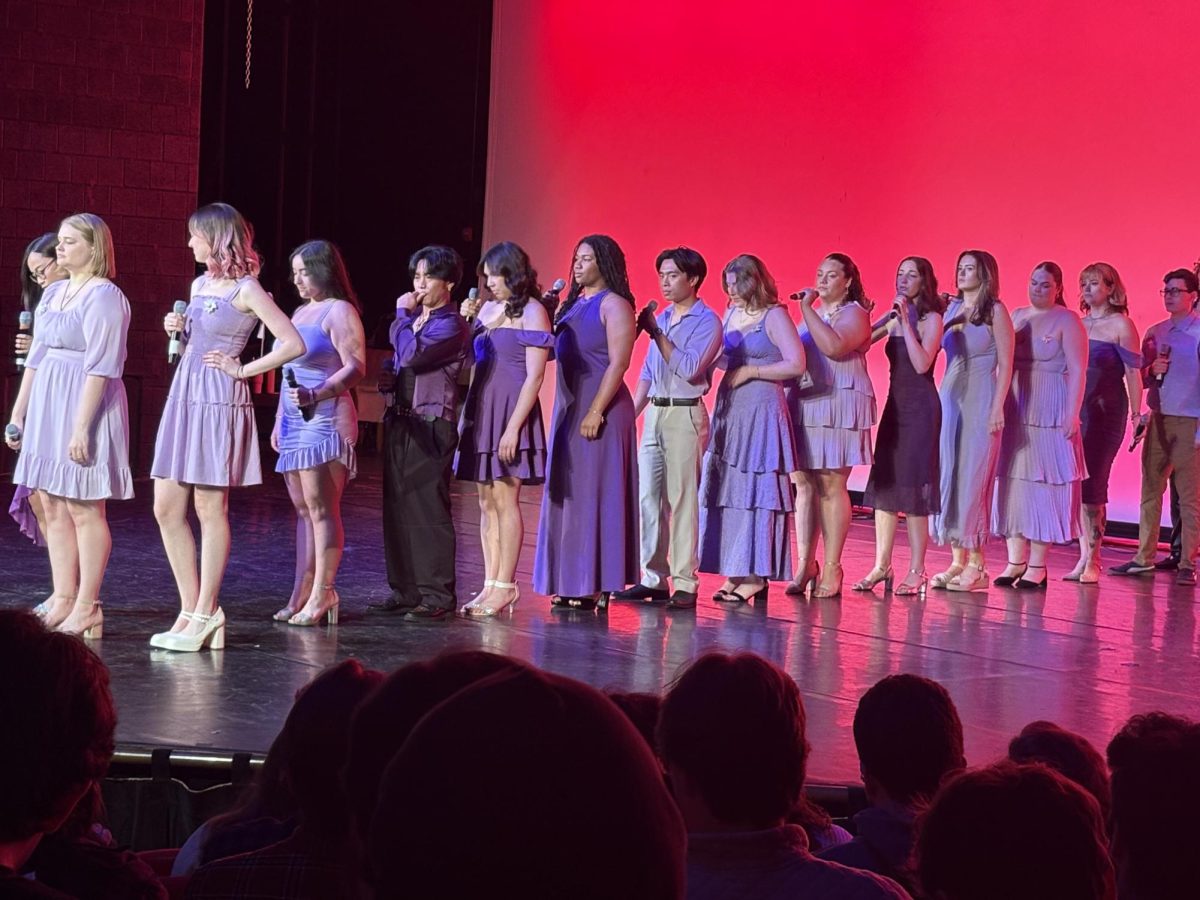
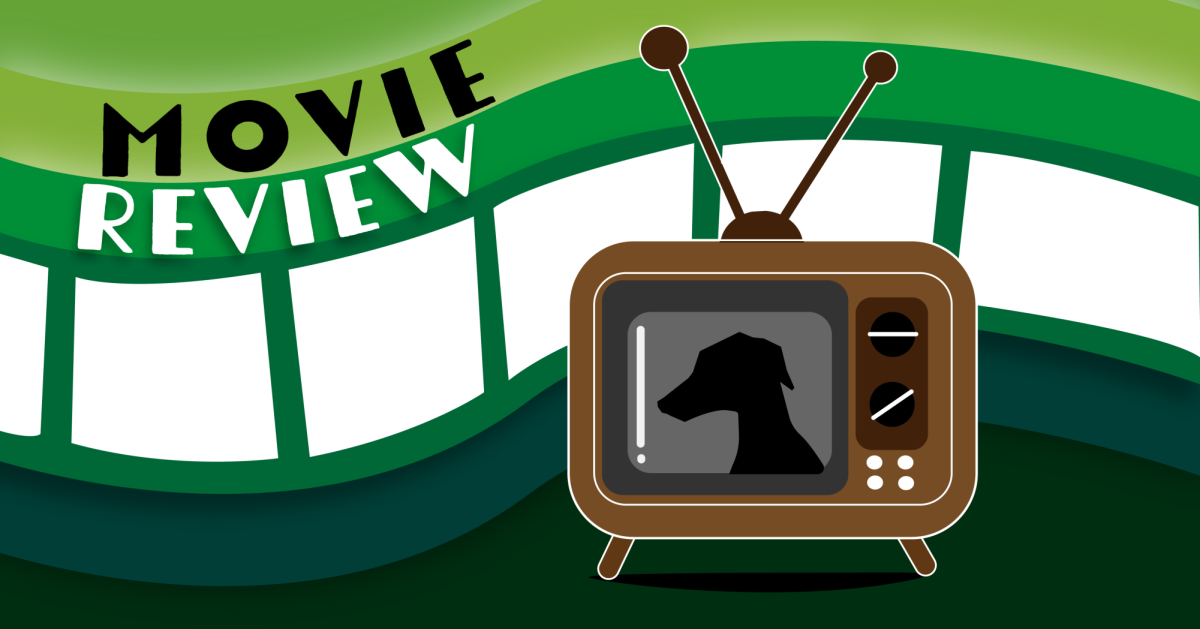

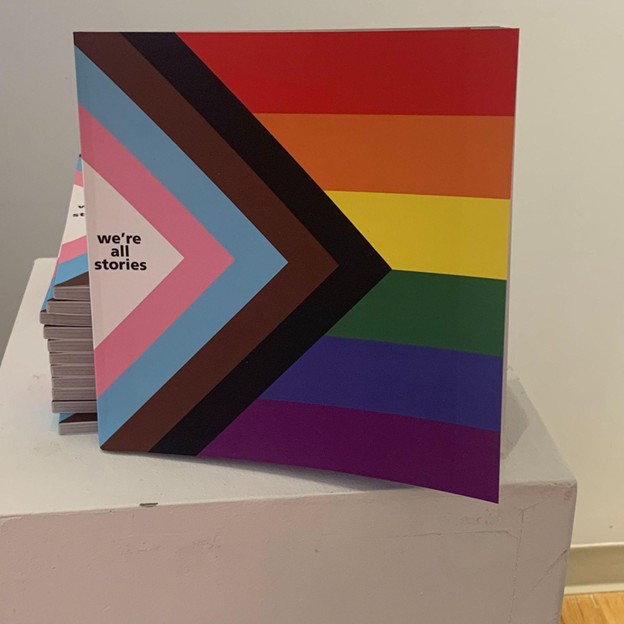
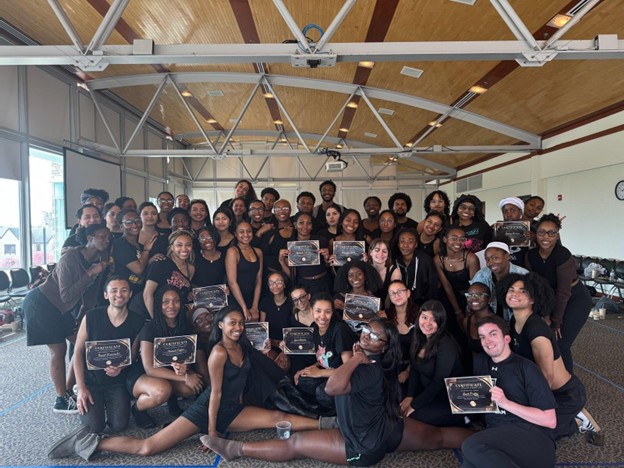

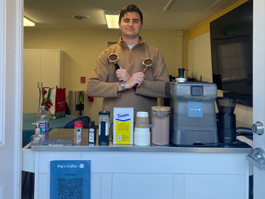
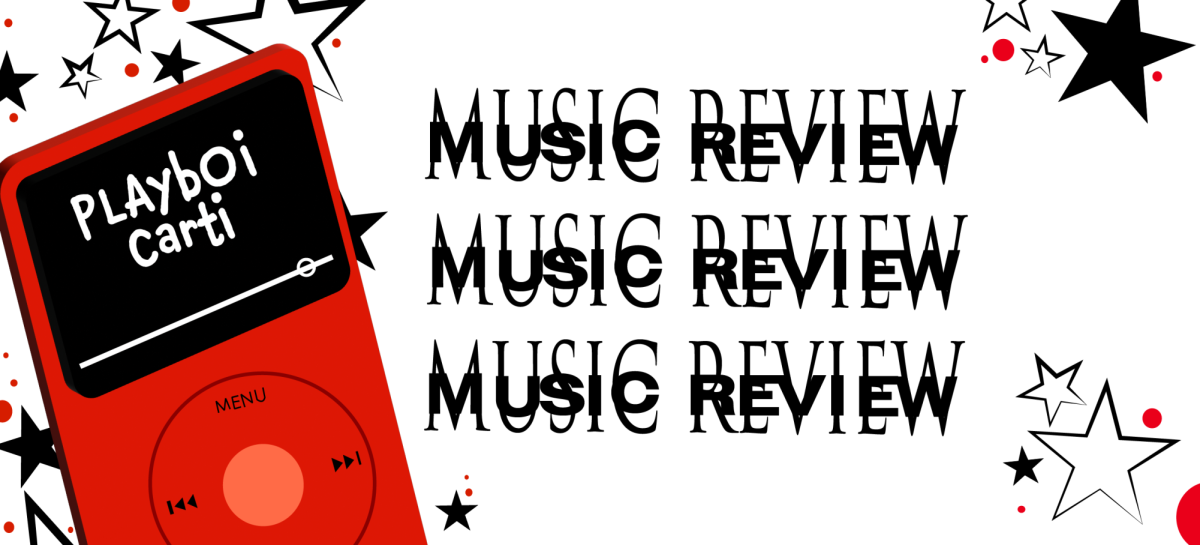





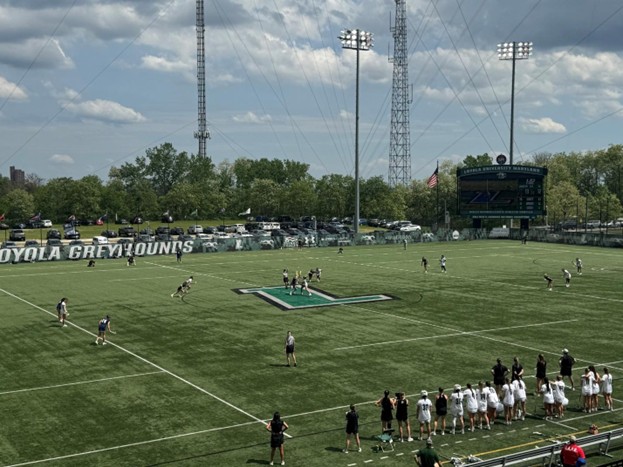
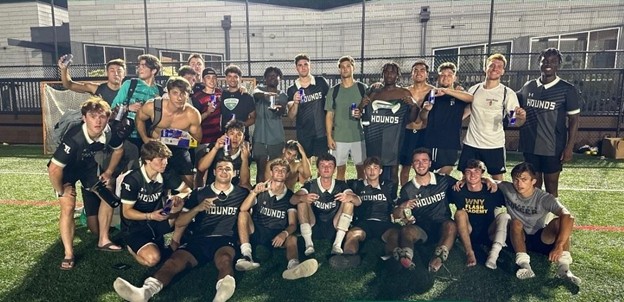
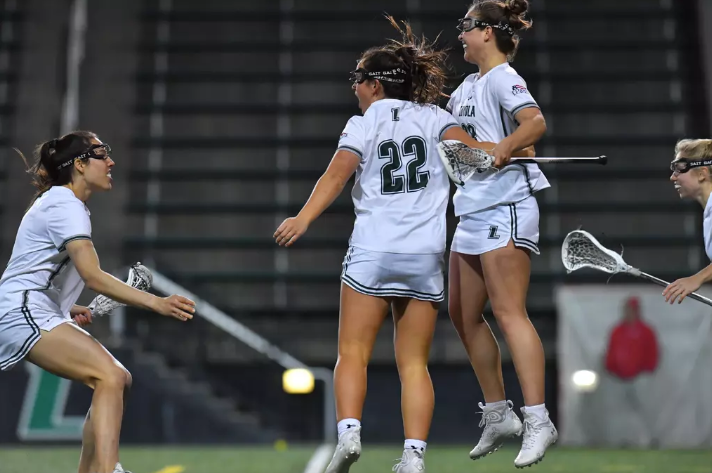
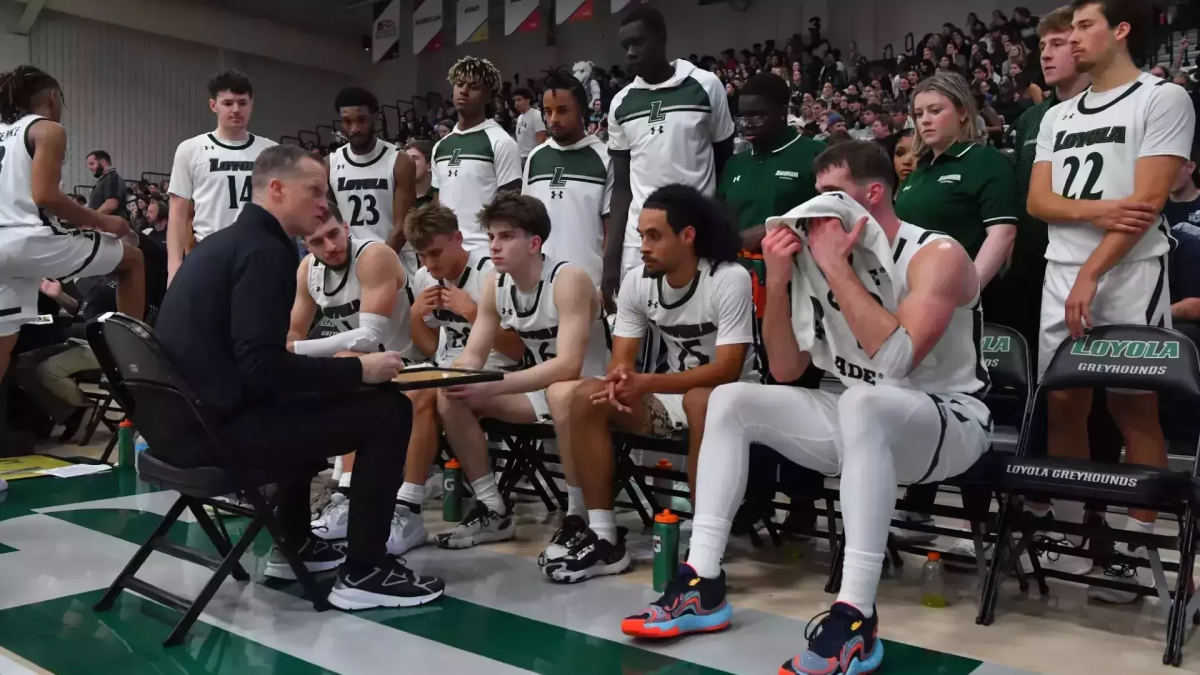
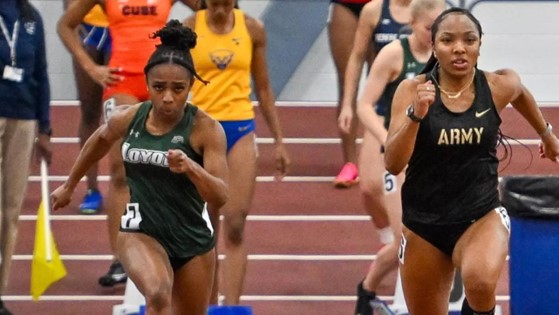






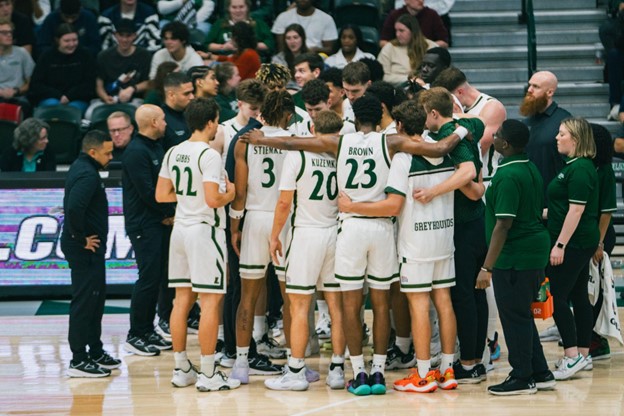













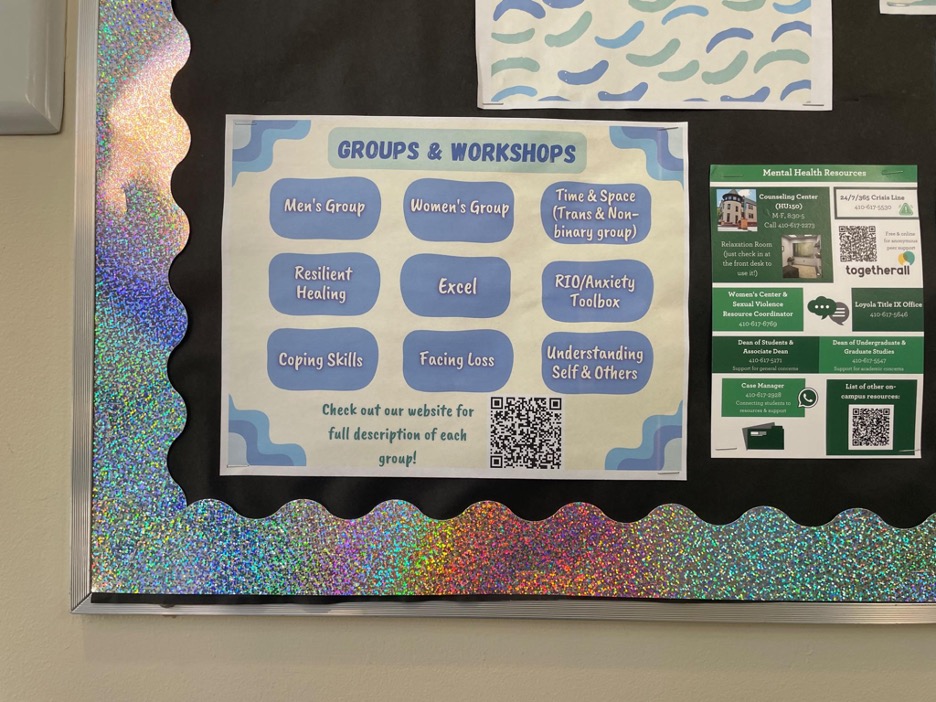
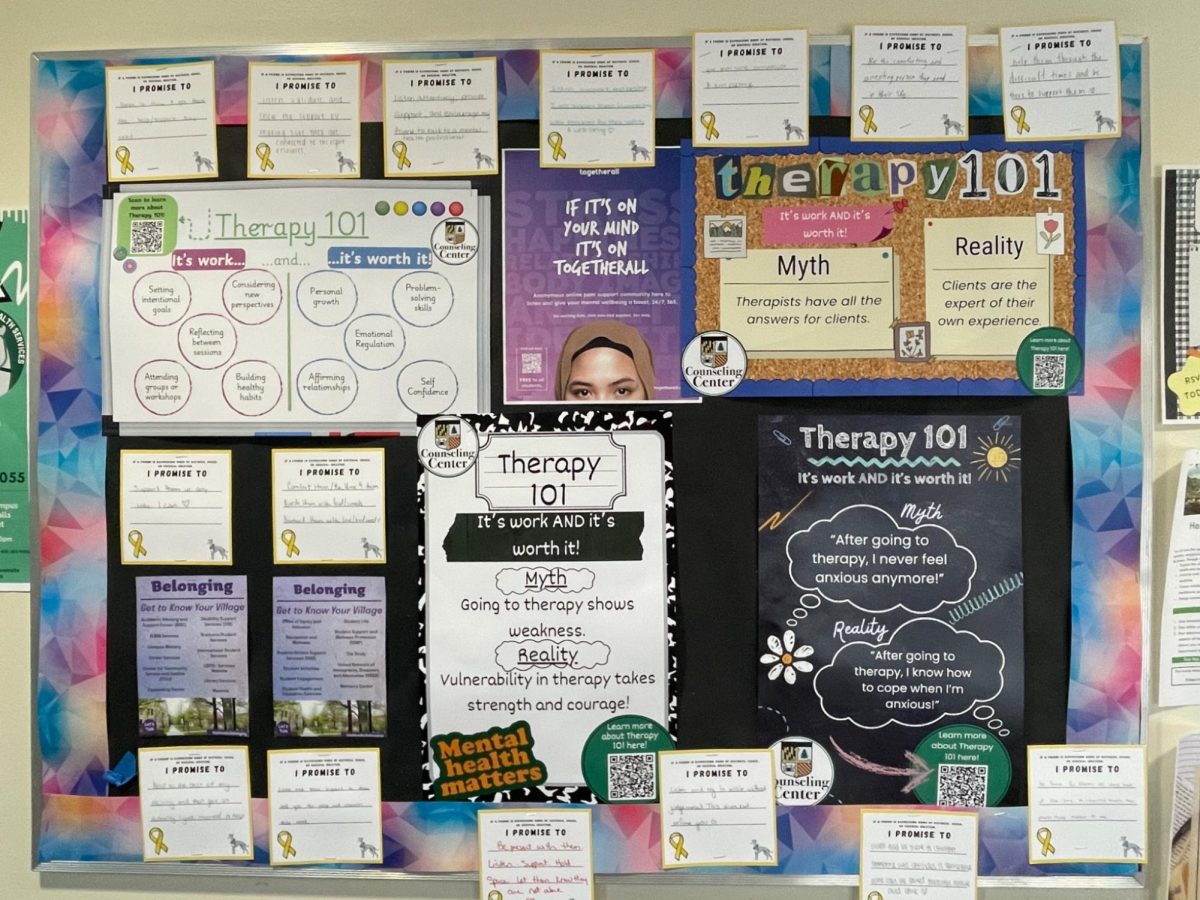
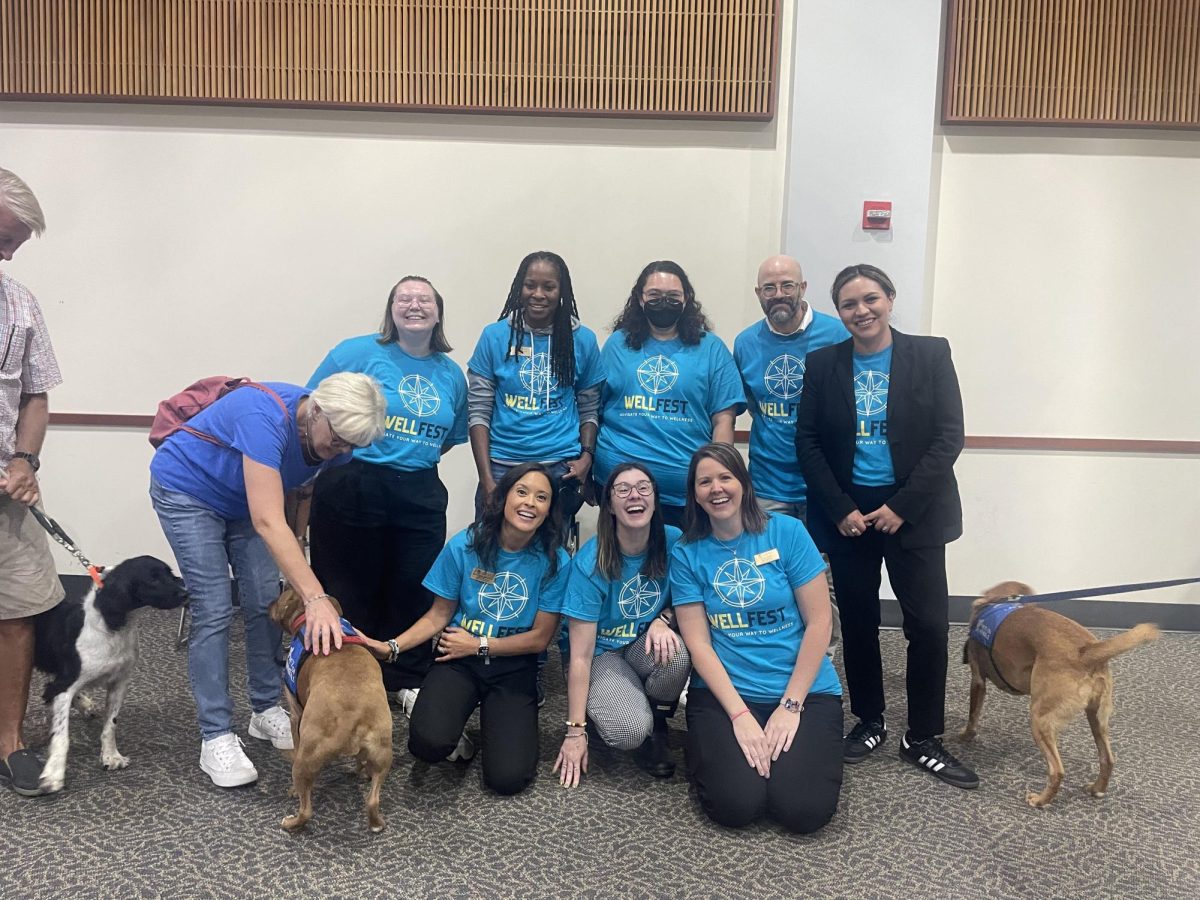

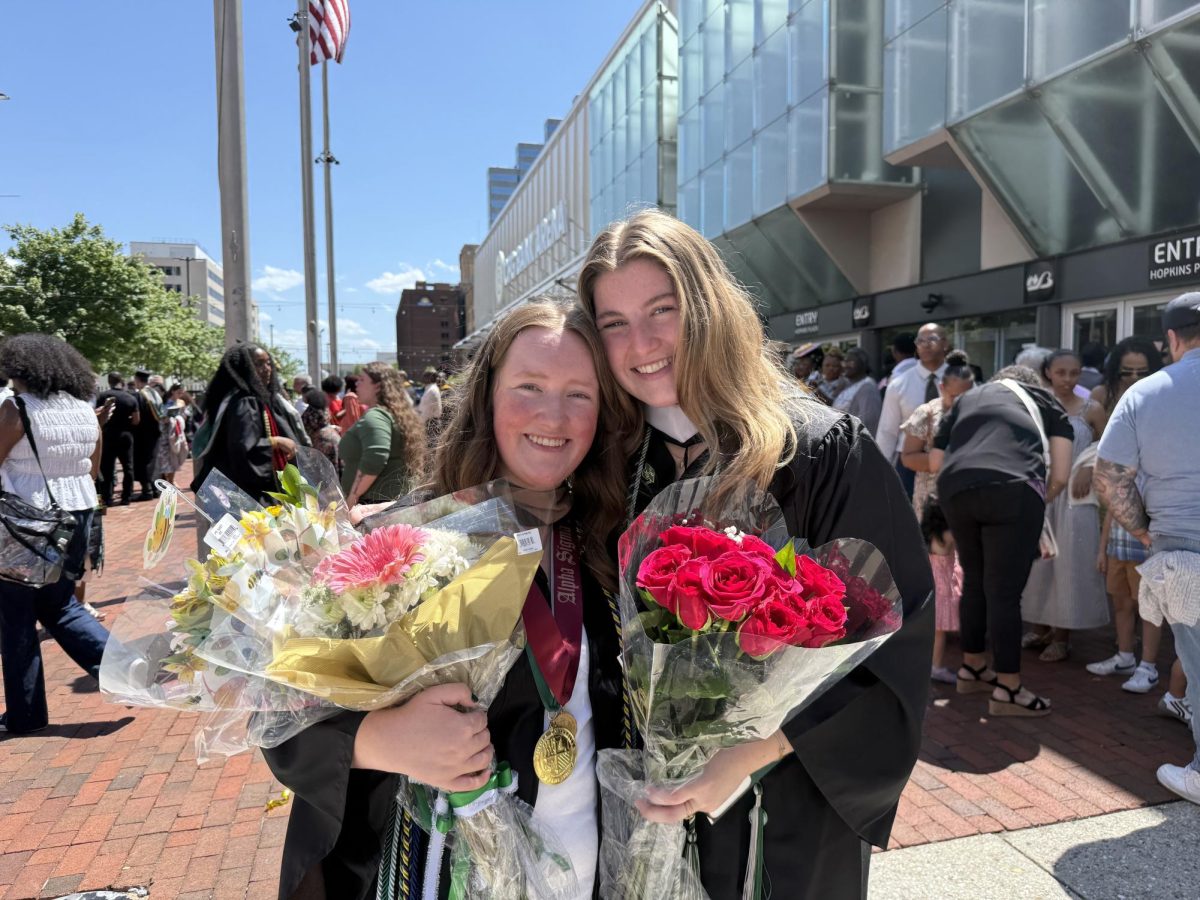
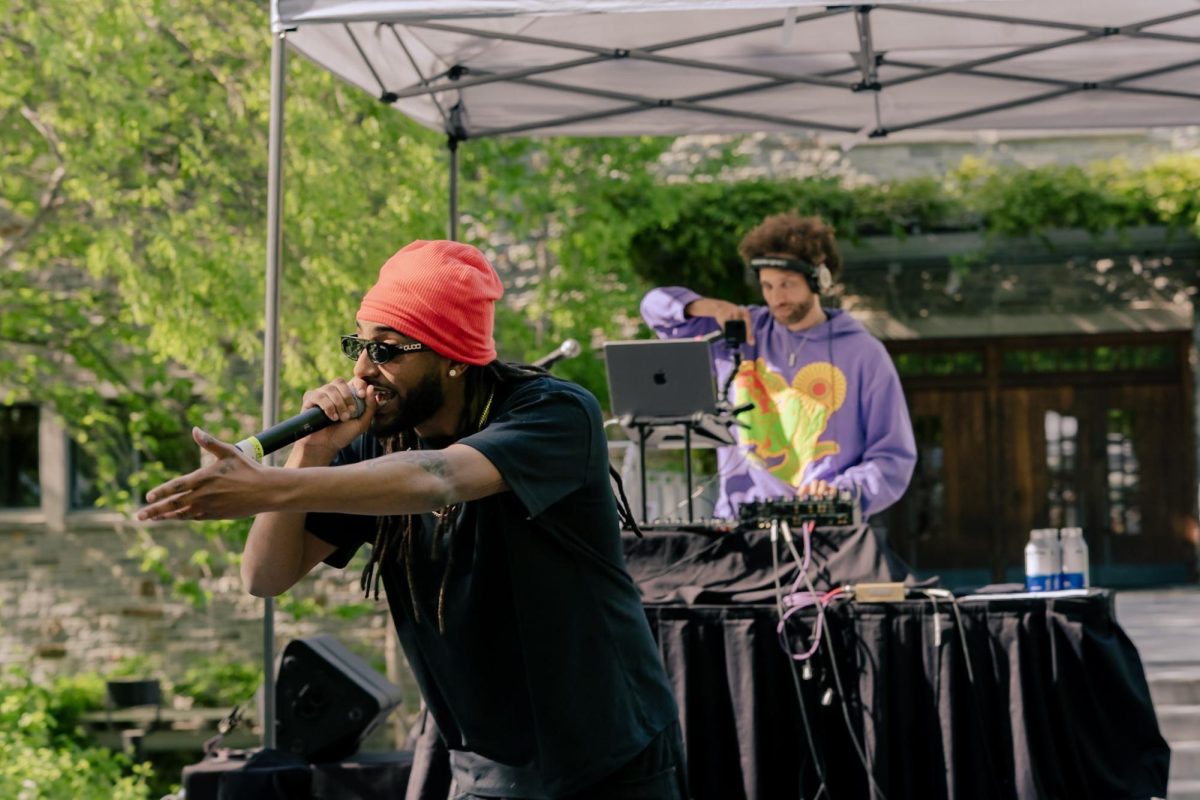
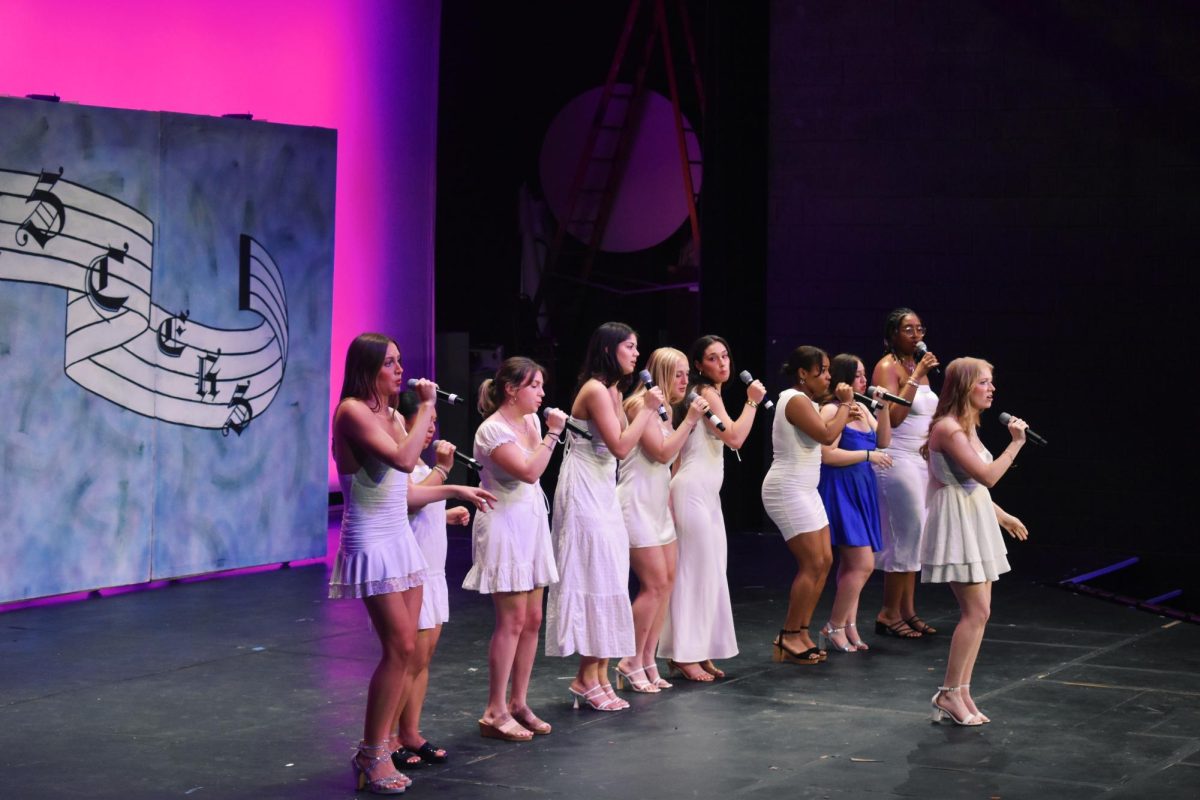
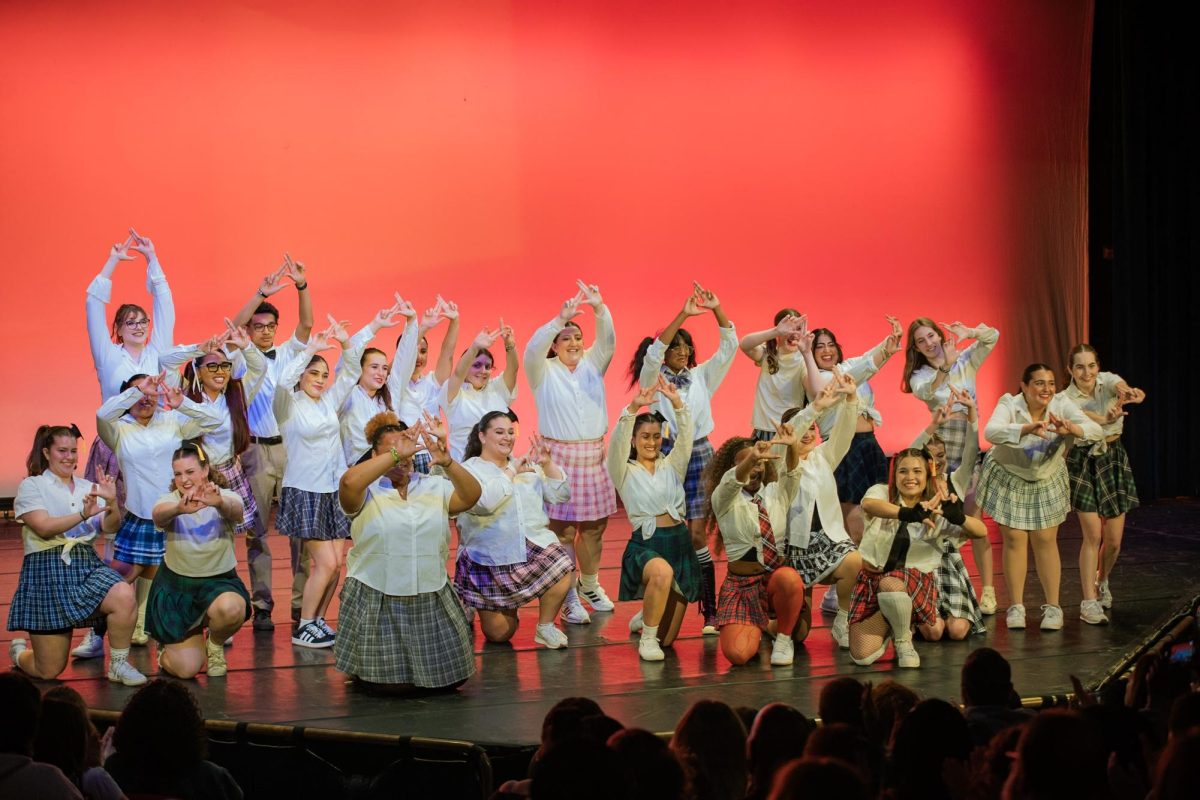
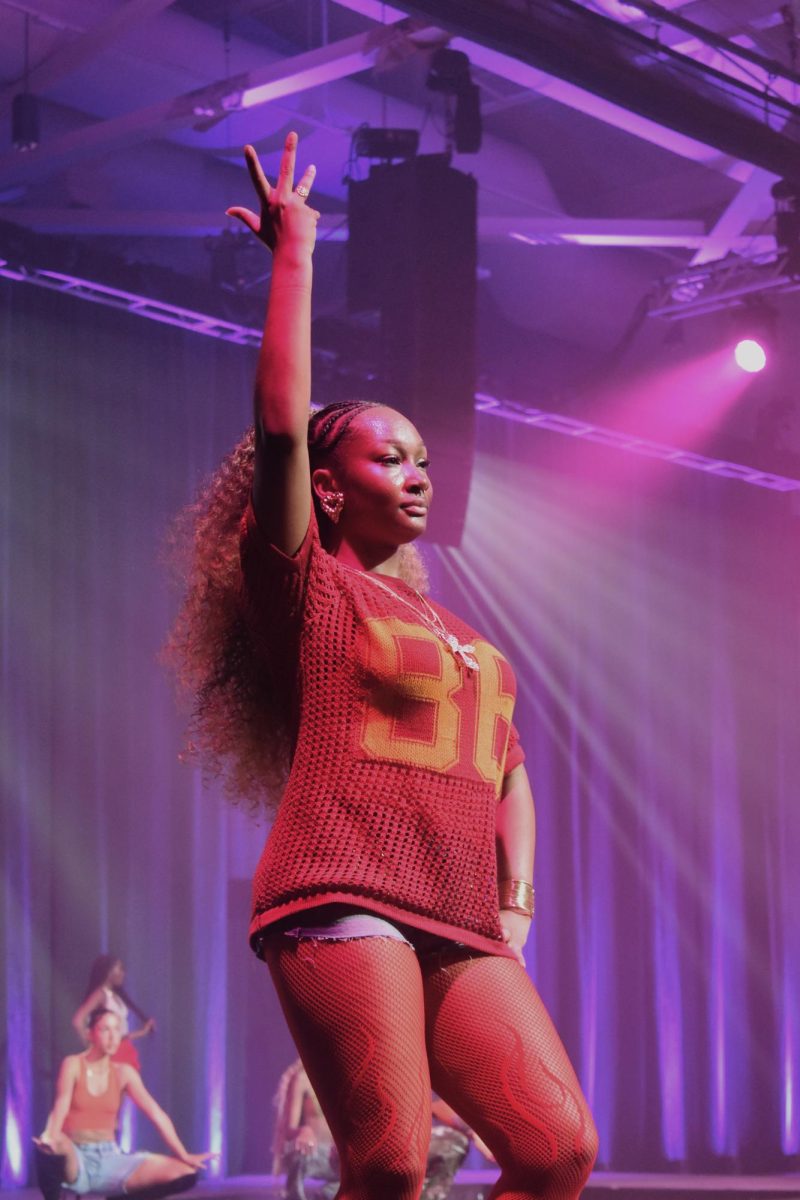










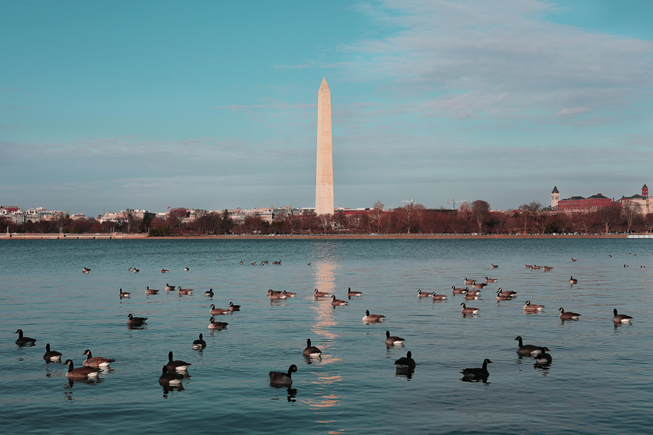
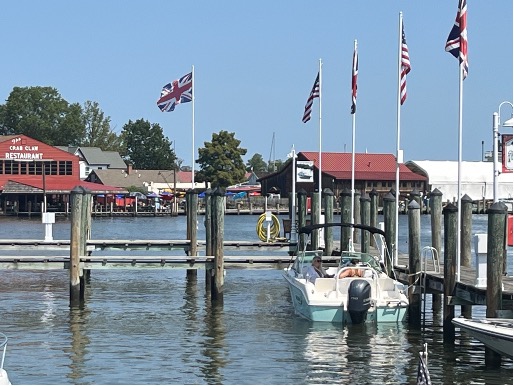











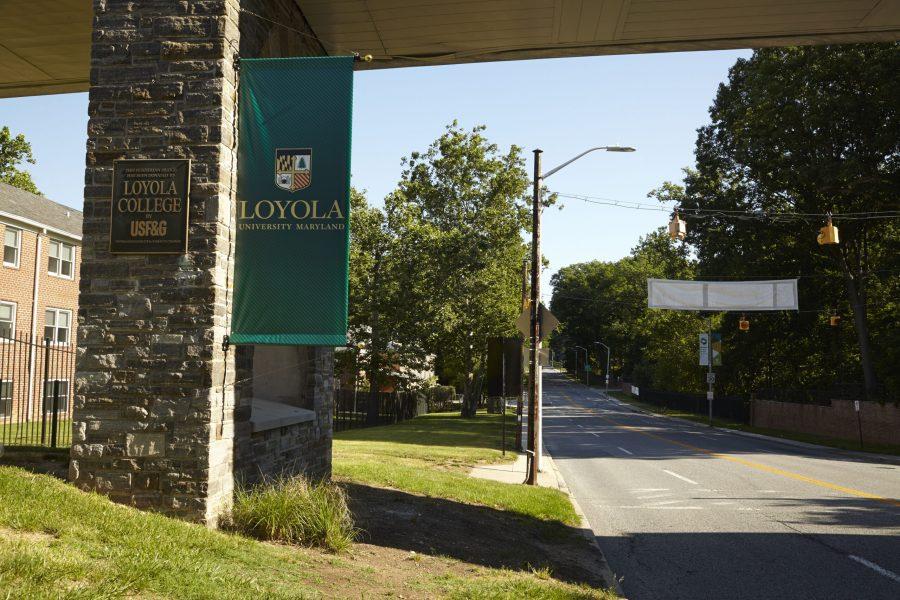


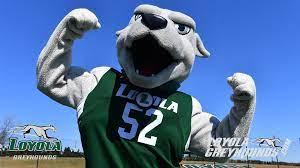
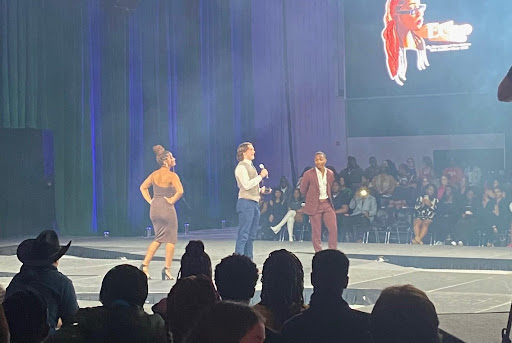

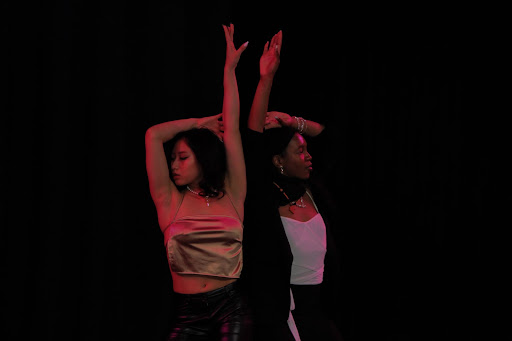

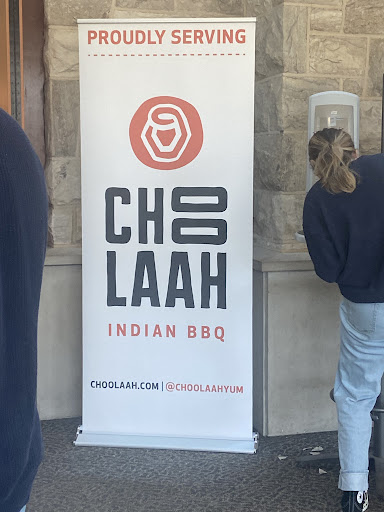

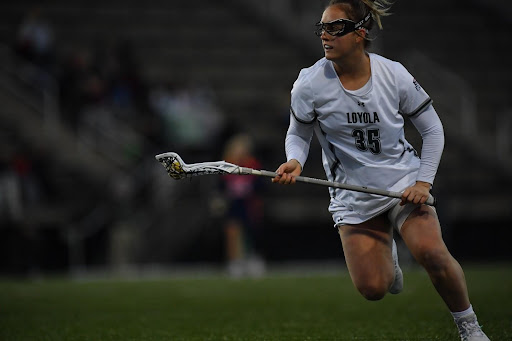

Anonymous • Jun 4, 2020 at 2:30 pm
5